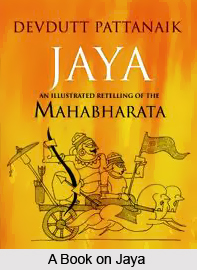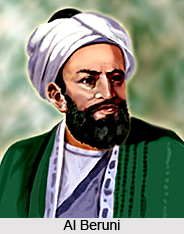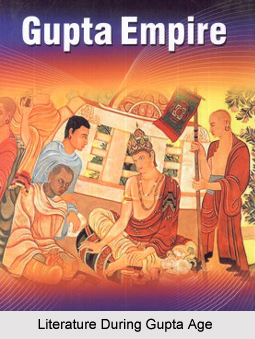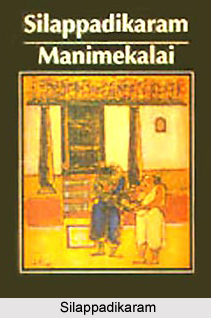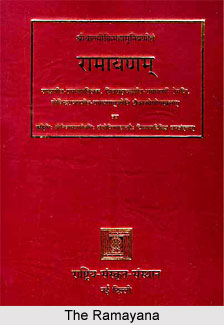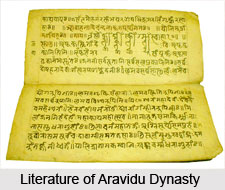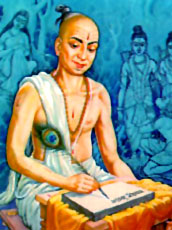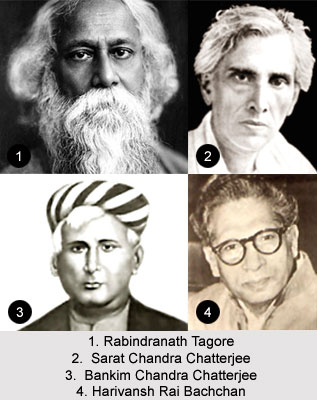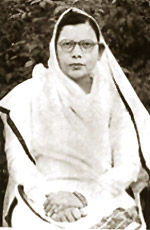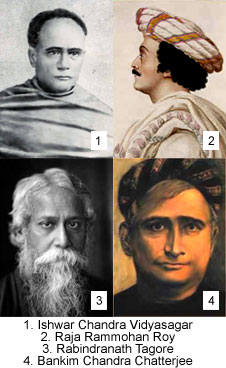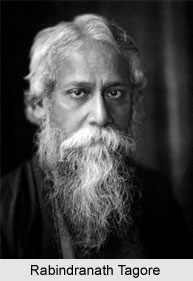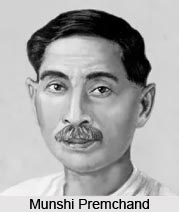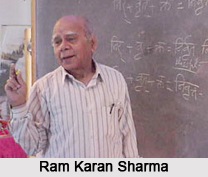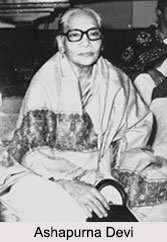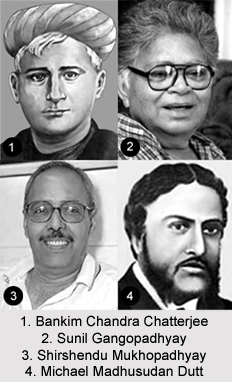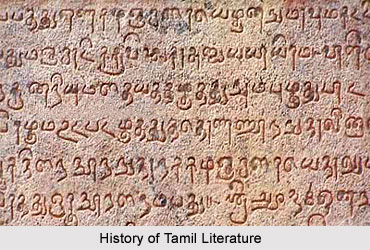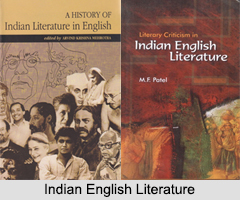Chapter 1 of the Mahanirvana Tantra deals with the liberation (Moksha) of humanity in the Kali Age. Parvati, observing the degradation of man in the Kali Yuga, where he is prone to wickedness and sin, is concerned that there is no means for salvation in such a time of strife. She asks Lord Shiva about how men of the Kali age may still strive for liberation despite their frail nature and the age`s malaise. Essentially an account of the Kali age, it sets the context for Shiva`s response in the following chapters.
The first chapter is also significant for firmly establishing the Mahanirvana Tantra`s Shaivite foundations. In Mount Kailasha, Parvati prefaces her question with declaring Shiva`s primacy as the foremost amongst those well versed in Dharma, who had revealed to the world in bygone ages the four Vedas and guided the pieties of humanity.
She recounts Shiva`s role as a guiding principle in bygone eras, observing that in the first age, humanity observed faithfully the edicts of the Vedas and by diverse yagnas, tapas and dhyanas led a life of impeccable virtue.
Later, Parvati recounts, in the Treta Yuga, Lord Shiva observes Dharma to be in disarray, and notes that humanity is no longer able to observe piously the dictates of the Vedas and were too feeble minded to understand the recondite scripture of the Vedas. He then creates the Smriti that explains the matter of the Vedas, so that men may still be faithful and attain moksha.
Then Parvati observes that with further discord and decay in the Dwapar yuga, when men abandoned the tenets of the Smritis, Shiva provided the Sanghita and other religious lore for their guidance.
Parvati follows with an account of the Kali age, a moribund vision of mankind`s descent into depravity. She observes that the Vedas have been rendered powerless, the Smritis are forgotten, and the Puranas will be destroyed, and that men pursue evil ways. She foresees that mankind will deviate from religious ways, and embrace all sorts of vices, like vice, gluttony, deceit and greed. They will follow unclean and profane customs, and even Brahmanas will be identifiable only by their thread and nothing else.
She then observes that Shiva has provided even for these depraved times, prescribing various tantras, yantras, agamas and nyasas for humanity`s benefit. However, she is still distressed that the taint of the age may prevent humanity from attaining the purity of disposition necessary for achieving salvation. She asks Shiva how men may still strive for liberation and improve themselves, leading a full, virtuous life despite the twin hurdles of their innate depravity and the evil times.
The first chapter largely sets up the context for the later sections, dealing with few specific Tantra concepts, painting in broad strokes the zeitgeist of the Kali yuga, and the pitfalls therein. Shiva`s response in later chapters delves deeper and deeper into the nuances of Tantric worship and practice.
